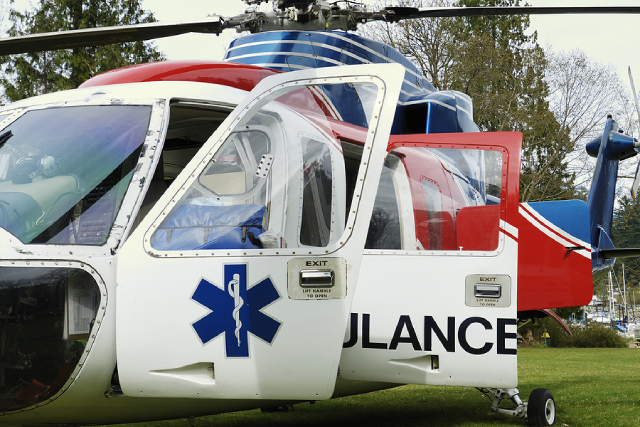 In certain emergency situations, medical evacuation becomes a necessity — the swift and efficient transportation of an individual from one place to another to receive medical treatment or a higher level of medical care. This type of transportation may involve the use of ground ambulances or air ambulances, with the latter typically utilising air ambulance planes.
In certain emergency situations, medical evacuation becomes a necessity — the swift and efficient transportation of an individual from one place to another to receive medical treatment or a higher level of medical care. This type of transportation may involve the use of ground ambulances or air ambulances, with the latter typically utilising air ambulance planes.
However, not many people are aware of the various types of air ambulance planes that exist. Therefore, let’s delve into the meaning of air ambulance planes and discuss the available types.
What is an Air Ambulance Plane?
An air ambulance plane is an aircraft that has been professionally designed to be a flying ambulance, hence the term “air ambulance.” Air ambulance involves providing a helicopter or flight service for the purpose of quickly transferring ill, injured, or medical emergency demanding individuals from one location to another safely.
Air ambulance planes typically carry an array of essential medical supplies, tools, and equipment, as well as highly qualified medical experts, critical care nurses, and paramedics. In essence, air ambulance planes are primarily designed to provide air medical services, including emergency medical repatriation and medical evacuations. Currently, two primary types of air ambulance planes exist: turboprop rescue planes and ambulance jet aircraft.
Turbo Prop Rescue Planes
The term “turboprop rescue plane,” which encompasses helicopters as well, is also occasionally known as a rotary-wing air ambulance. While turboprop rescue planes may be slower than ambulance jets, they are typically more cost-effective to operate. Moreover, these planes can land at smaller regional airports with shorter runways that may not be suitable for ambulance jet aircraft.
Turboprop rescue planes are capable of landing in very confined spaces, such as villages, small landmasses, and short roads. They can land near hospitals, saving patients valuable time. As a result, this type of air ambulance benefits patients who need to cover a short distance and are seeking a more cost-effective option.
Ambulance Jet Aircrafts
Ambulance jet aircraft, also known as fixed-wing air ambulances, possess a significant advantage over helicopters as they offer a larger and more comfortable space for the safe and secure transfer of patients. They are also notably safer and more stable, especially in adverse weather conditions, such as winter storms, compared to helicopters.
In addition, ambulance jet aircraft produce minimal noise and are less disruptive, creating a comfortable environment for patients with ear problems, such as the elderly. The large size of a jet aircraft also allows for more medical professionals to be on board to administer appropriate treatment during the flight. Furthermore, ambulance jet aircraft offers excellent range and speed, enabling the rapid collection and repatriation of patients between continents.
Conclusion
Overall, both turboprop rescue planes and ambulance jet aircraft have their own advantages when it comes to medical evacuation flights or emergency repatriations. Although you can choose your air ambulance, it is essential to know the difference between them to avail of the best air ambulance plane that suits your needs and requirements.
For those seeking the utmost quality and economical medical evacuation and repatriation services in Singapore, look no further than EMA Global. Our distinguished reputation is built upon our provision of unparalleled medical evacuation and repatriation services, which prioritise the safety and comfort of patients. Our air ambulance fleet comprises state-of-the-art aircraft equipped with cutting-edge avionics, enabling us to conduct global repatriation missions with utmost precision and care. Contact us today to discover more about our services.

